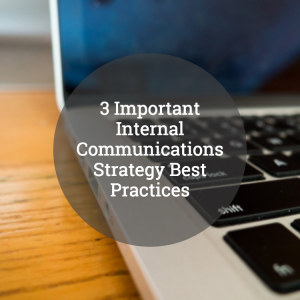It's time to stop sabotaging the way you communicate.
Our new eBook is now on SlideShare! Avoid these ten mistakes in your internal business communication strategy both now and in the future.
Communicating as a strategy
Why is it so important to avoid making mistakes in your communication? Strategic internal communication is crucial to the success of every organization, from giant corporations to small businesses. The communication strategies you choose impact every area of your company, especially your financial bottom line.
What are the keys to successful internal marketing? Trust, empowerment, and effective communication. Companies with effective communicators achieved 47% higher total returns to shareholders over the last five years compared to firms with less effective communications (Edelman Insights: Comprehending Change 3.0).
Keeping in mind a few best practice tips
Avoid communication mistakes by replacing them with these best practices:
1. Make your communication efforts a two-way street. The best communication has both the sender and the recipient exchanging information to increase understanding on both sides by creating and sharing meaning.
2. Equip your employees to be dynamic brand ambassadors. The benefits of strategic internal communication not only include employee satisfaction and productivity but also the potential for better public relations efforts because well-informed employees are a company’s best representatives.
3. Capture feedback and “involve and consult” your employees. Don’t just “tell and sell” them company news as if internal communication is a one-way information dump (Dennis Rutzou, The Poor Relation of External Comms).
4. Be consistent. Whether you’re managing a project or instituting a policy change, establish a regular pattern for your communications. The more consistent you are, the more you will increase employee participation, engagement, and ownership.
5. Confirm accurate understanding of your message. Follow-up can include notes, discussions, or any method that ensures your recipients fully understood the information.







Leave a Comment